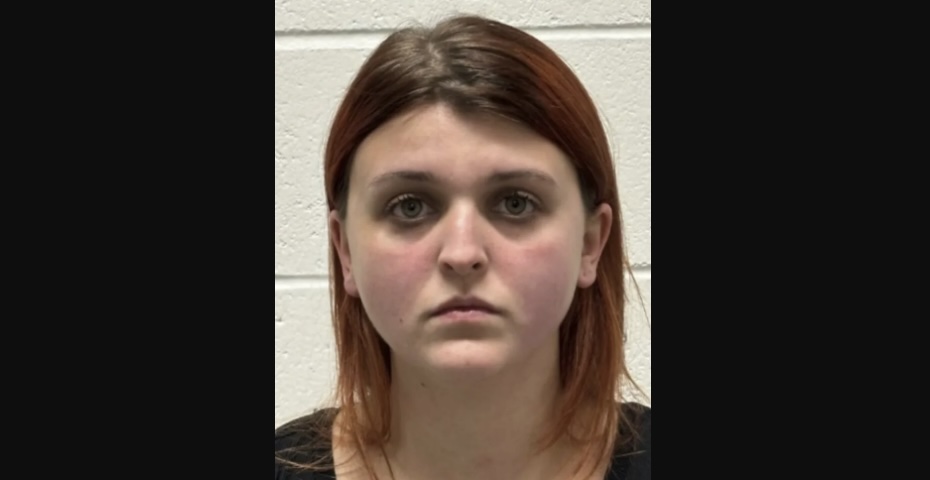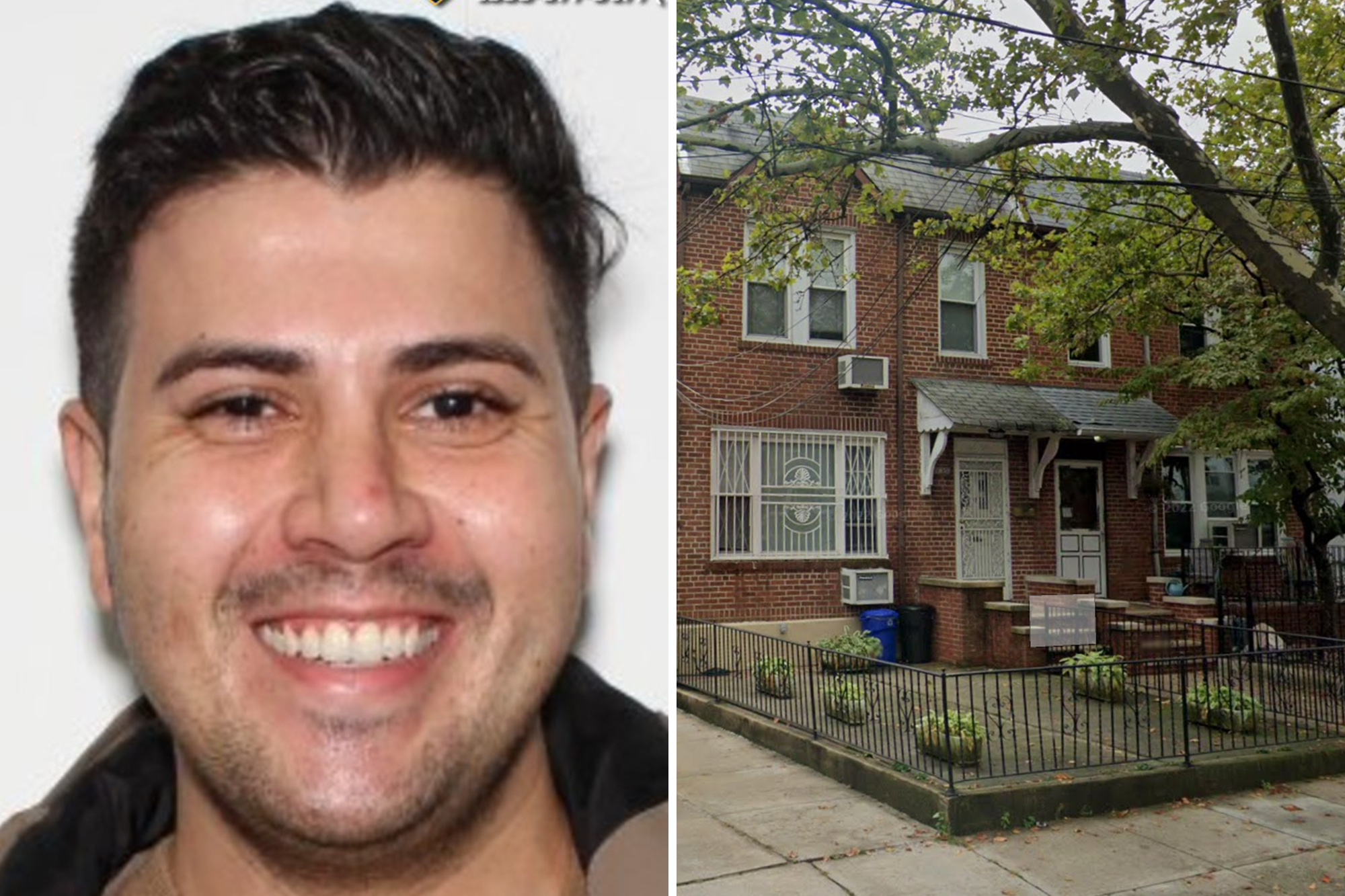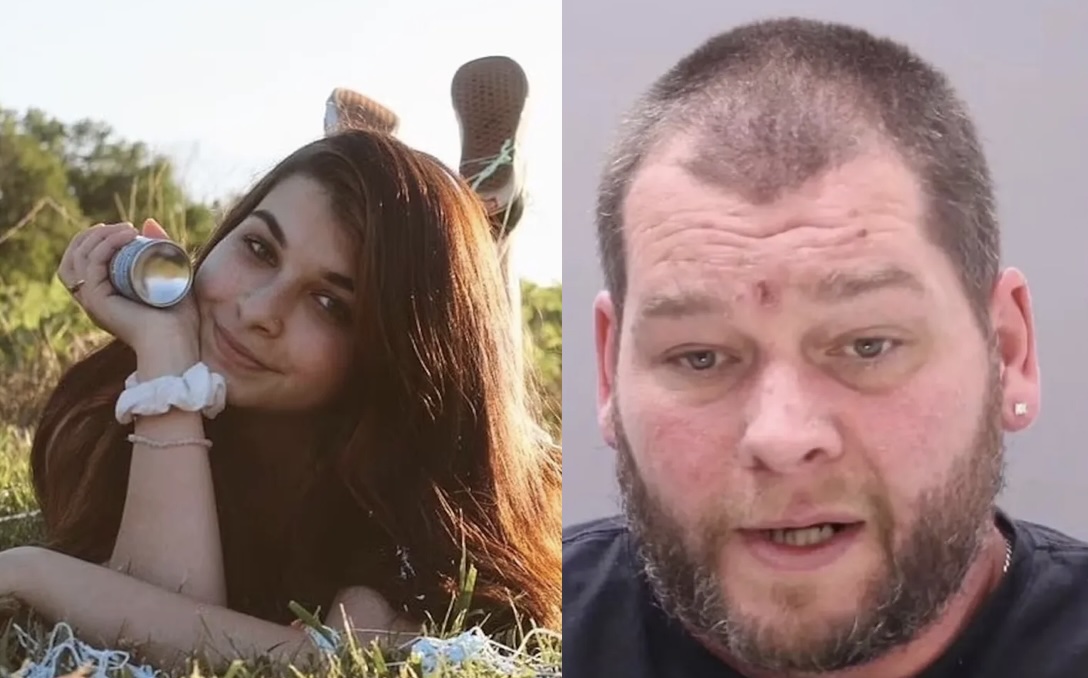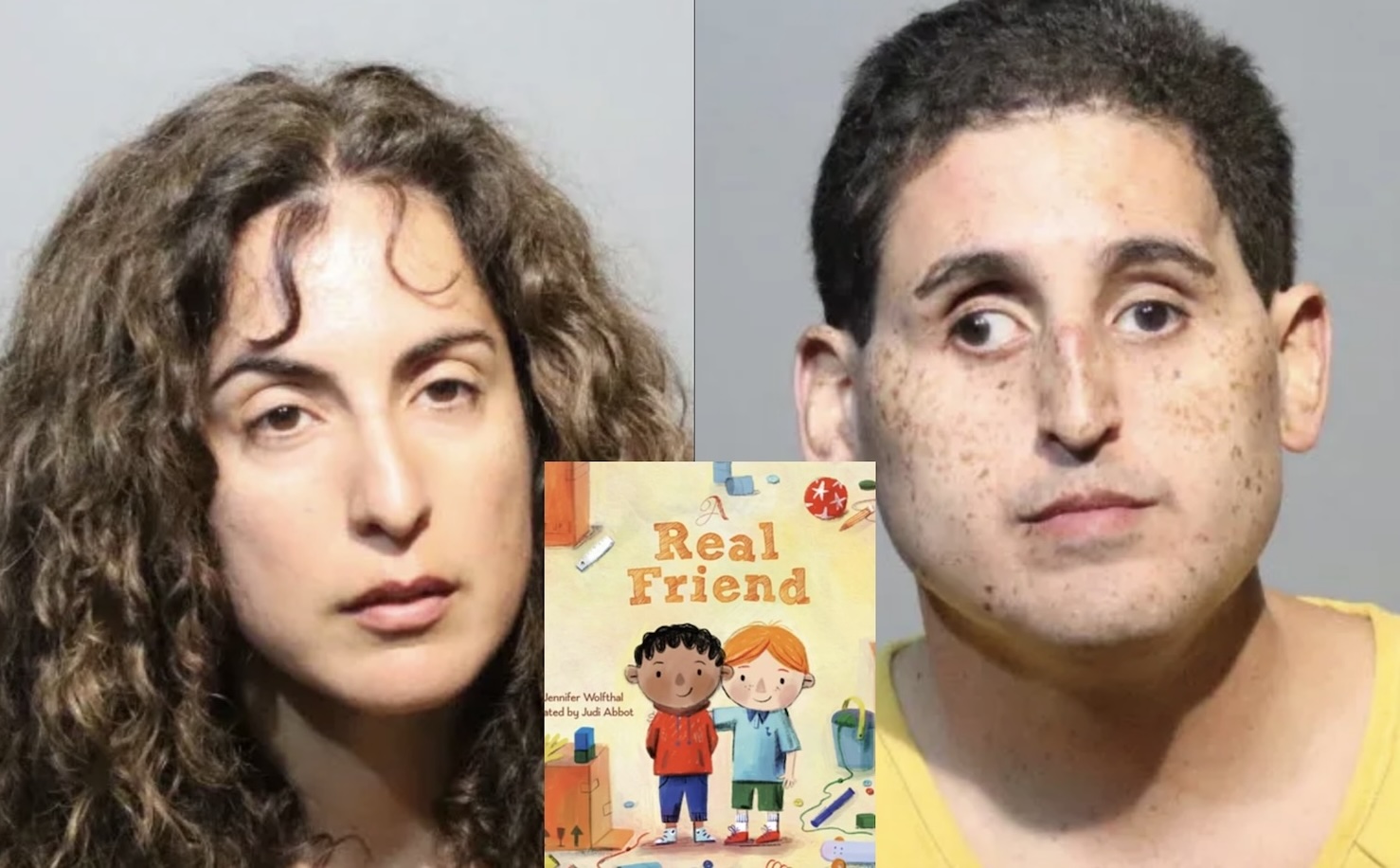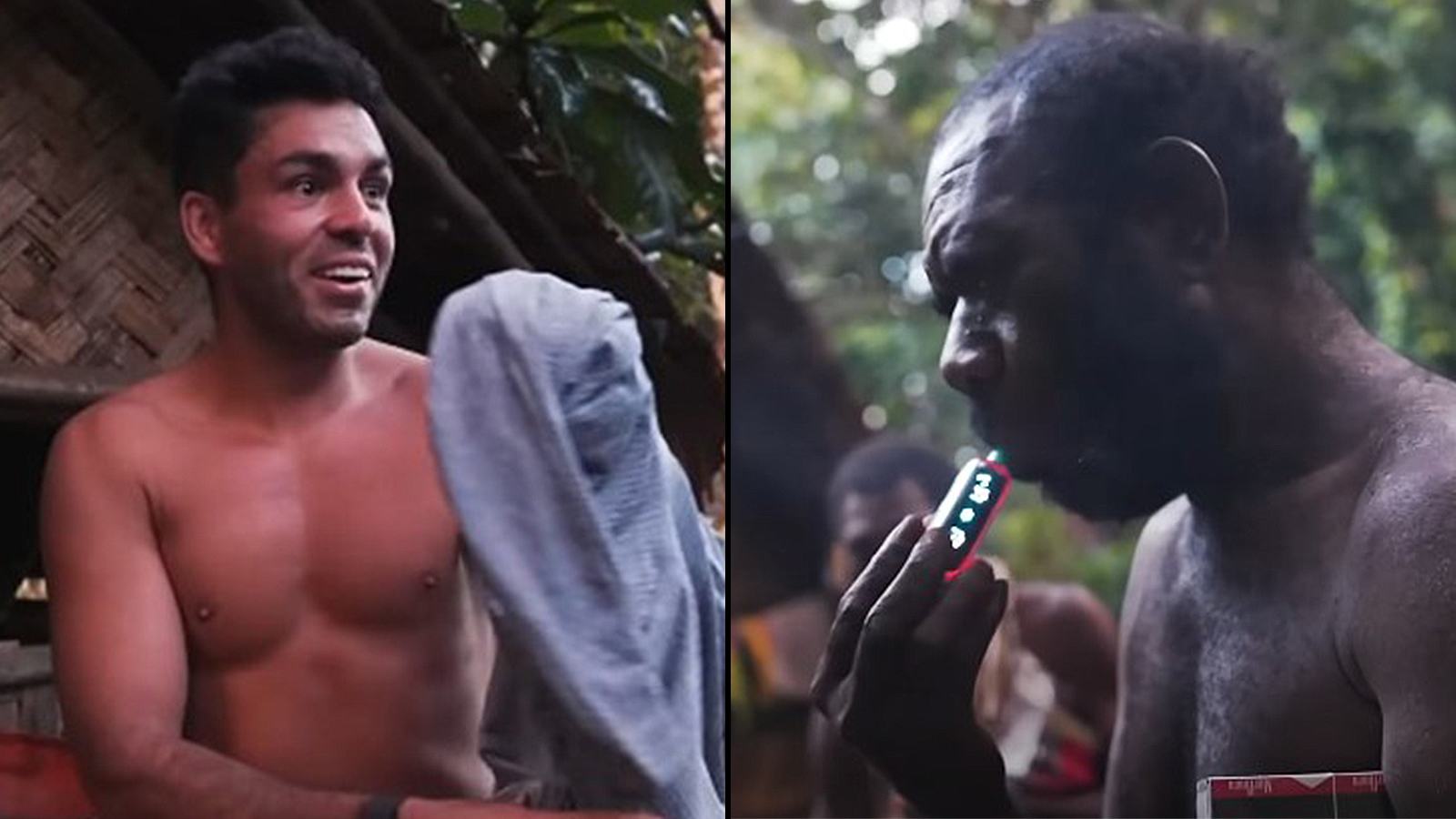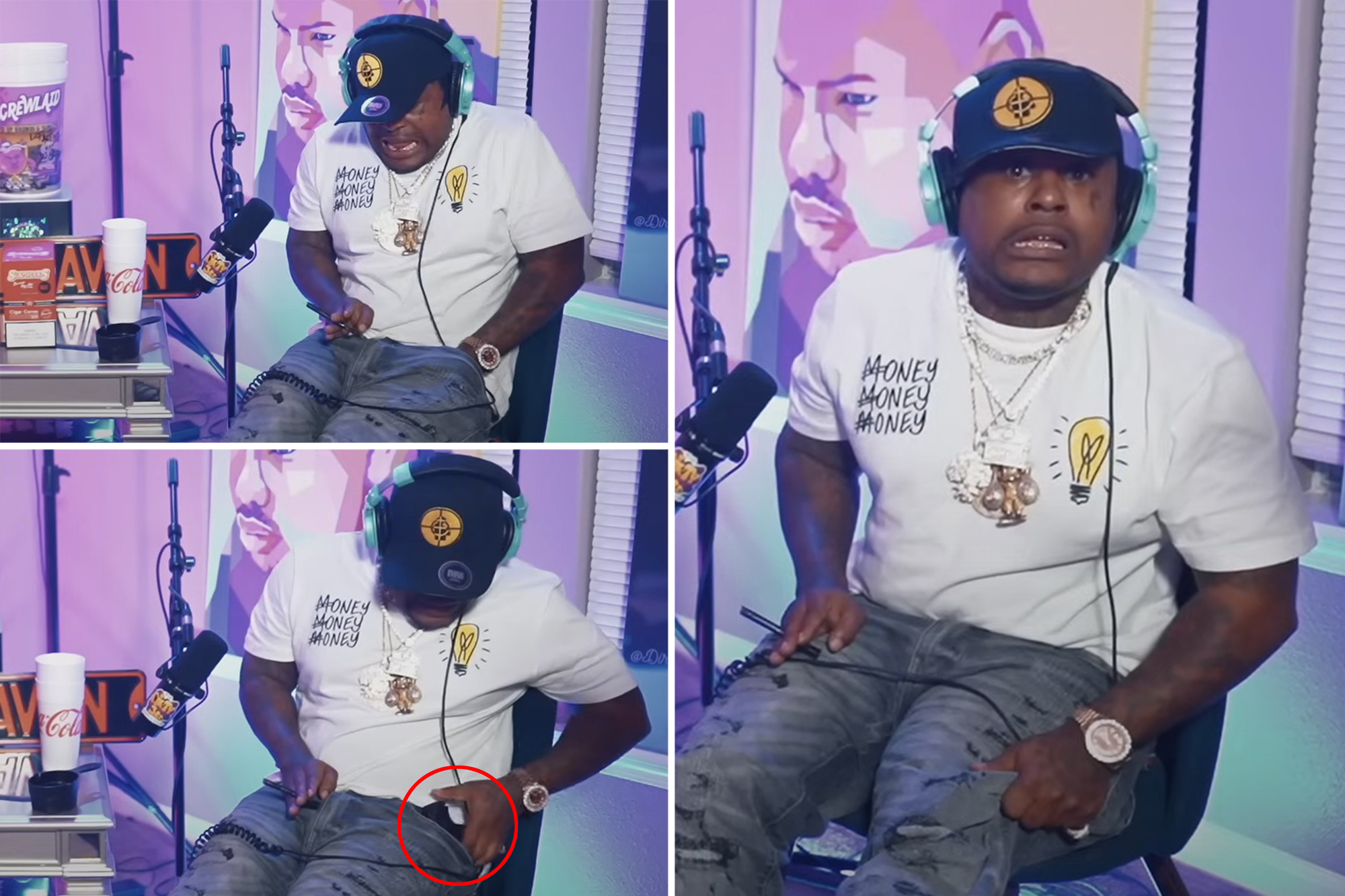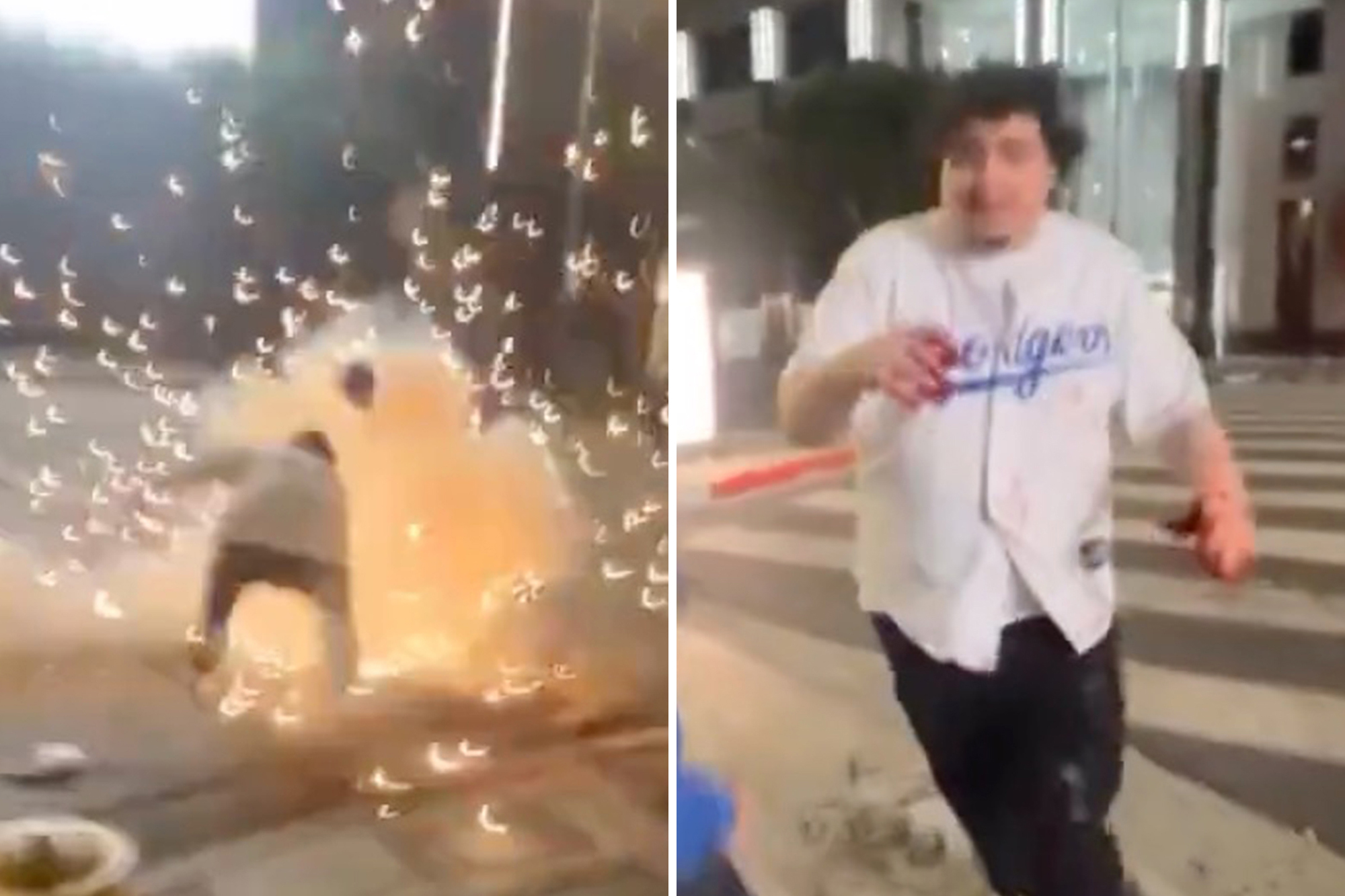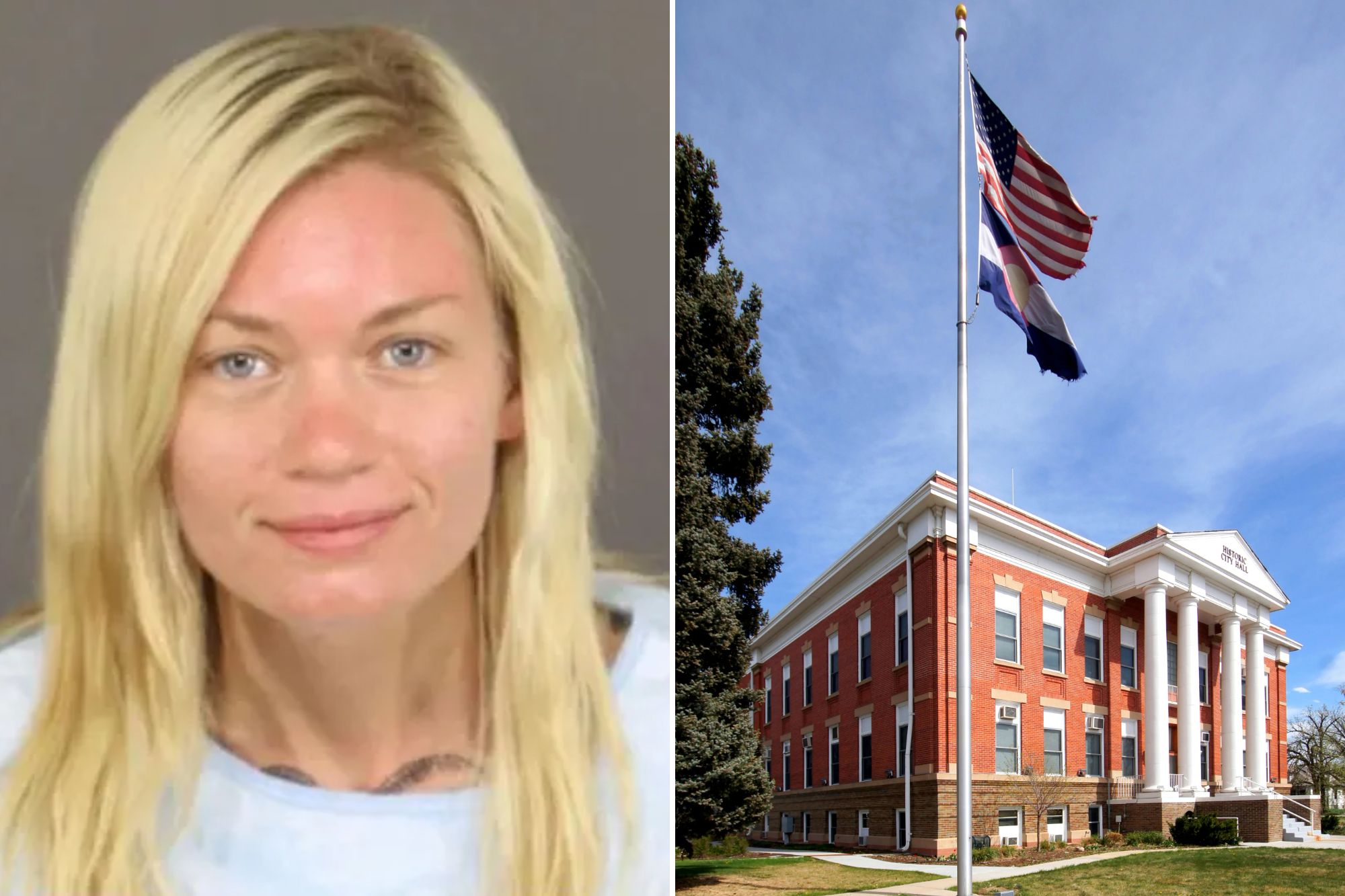What the JFK Assassination Files Have Uncovered So Far — Including a Suspected KGB Investigation into Lee Harvey Oswald
The long-anticipated release of tens of thousands of files regarding the assassination of President John F. Kennedy has ignited a fervent search for fresh insights into the shocking crime that transpired 62 years ago. However, much of the newly unveiled information has merely reaffirmed what many already knew.
Gerald Posner, the author of the acclaimed 1993 book “Case Closed: Lee Harvey Oswald and the Assassination of JFK,” shared his thoughts in a phone interview, stating he had delved into about 22,000 pages of the newly released documents but had yet to uncover any groundbreaking evidence. “I haven’t seen anything yet that is real news, but that doesn’t mean there isn’t something,” Posner remarked. He expressed his curiosity about why these documents remained classified for so long, calling it “pretty preposterous.”

Among the documents, there are some intriguing snippets related to the tragic events of November 22, 1963. One file discusses a theory suggesting that a “small clique” within the CIA may have been involved in the assassination, alongside an apparent KGB investigation into whether Lee Harvey Oswald was a covert Russian agent.
A memo from June 1967 reveals that a former U.S. Army intelligence officer, Gary Underhill, fled Washington, D.C., “very agitated” the day after Kennedy was shot. He confided to a friend that a “small clique within the CIA” was responsible for the assassination. The memo recounts, “The day after the assassination, Gary Underhill left Washington in a hurry. Late in the evening, he showed up at the home of a friend in New Jersey.”

Underhill was reportedly very shaken and expressed fears for his life, suggesting he might have to leave the country. Tragically, less than six months later, Underhill was found shot to death in his Washington apartment, with the coroner ruling it a suicide.
Underhill, a Harvard graduate and former U.S. Army captain, had a background as a journalist and intelligence officer during World War II. He was said to be on a “first-name basis with many of the top brass in the Pentagon” and had close ties with several high-ranking CIA officials. Friends who visited Underhill noted that he was sober but visibly shaken, attributing Kennedy’s murder to a CIA faction involved in a lucrative racket involving gun-running, narcotics, and other contraband.

The Ramparts article mentioned that this CIA clique allegedly killed Kennedy because he had caught wind of their operations and was “killed before he could ‘blow the whistle.’” The circumstances surrounding Underhill’s death raised eyebrows, particularly since he was found with a gunshot wound behind his left ear, while his writing partner, Asher Brynes, noted that Underhill was right-handed.
Interestingly, the memo, which was created in response to a controversial 1967 investigation led by New Orleans District Attorney Jim Garrison, described Underhill’s connection to that investigation as “tenuous” and did not address the claims reported by Ramparts.
Another document released on Tuesday included a teletype US intelligence report dated November 20, 1991, which stated that a KGB official, known only as Nikonov or “Slava,” investigated whether Oswald had been a KGB agent. The document revealed that Nikonov was confident that Oswald was never an agent controlled by the KGB, although he noted that the KGB closely monitored Oswald during his time in the USSR from 1959 to 1962.
The file also mentioned that Oswald was a poor shot when he attempted target firing in the USSR and highlighted his tumultuous relationship with his Soviet wife, Marina, who reportedly “rode him incessantly.” In the months leading up to the assassination, Oswald had visited the Cuban Consulate in Mexico City, where he made contact with the Soviet Embassy in pursuit of a travel visa.

Another file, also marked “secret,” detailed how the CIA tracked an Italian newspaper article that alleged the agency itself was behind the assassination of the 35th president. Some documents provided insights into the intelligence community’s activities during the 1960s, including information about secret CIA bases worldwide.
One document described the CIA’s tracking of a Cuban national named AMFUANA-1, who was sent to Cuba in 1961 and established a network of at least 20 individuals who contributed to over 50 reports.
Posner commented on the trove of 80,000 documents made public, stating, “I don’t think it changes anybody’s mind. People who don’t believe the official version are just going to say the documents must’ve been destroyed or they’re somewhere else in the government.”

The initial investigation, led by Supreme Court Chief Justice Earl Warren, concluded that Oswald acted alone when he shot Kennedy with a high-powered rifle from the sixth floor of the Texas School Book Depository, overlooking Dealey Plaza as the president’s motorcade passed below. However, this official conclusion has been a source of ongoing controversy, with polls consistently indicating that a significant majority of Americans believe Kennedy was murdered as part of a conspiracy. Various theories have implicated the Mafia, the CIA, and disgruntled Cuban exiles, among others.
Posner noted, “[President Lyndon Johnson] went to his death thinking that [Cuban dictator Fidel] Castro was involved,” adding that Health and Human Services Secretary Robert F. Kennedy Jr. remains unconvinced that his father was murdered in 1968 by Sirhan Sirhan, who confessed to the killing shortly after his arrest.
The idea that JFK was killed as part of a broader conspiracy gained traction following the murder of Oswald just two days after the assassination. Oswald was shot by Dallas nightclub owner Jack Ruby, who “looks like he’s out of central casting from the mafia,” according to Posner. Ruby claimed he killed Oswald on impulse, motivated by a twisted desire to avenge Kennedy and spare former first lady Jacqueline Kennedy the trauma of returning to Dallas to testify at Oswald’s trial.

Conspiracy theorists have pointed to Ruby’s potential connections to mob figures through his clubs, suggesting he may have acted as a hitman to settle a debt or silence Oswald regarding his own dubious connections.
Posner referenced a Gallup poll indicating that only 27% to 29% of respondents believed in a lone assassin, expressing surprise that the figure was that high. Under the 1992 Kennedy Assassination Records Collection Act, Congress mandated a 2017 deadline for the release of outstanding JFK files.

When the deadline arrived, former President Trump released thousands of files, including 19,000 in 2018. However, some JFK files remained classified due to pressure from national security advocates, including former Secretary of State Mike Pompeo. By the end of 2022, President Joe Biden had adopted a similar approach, releasing over 13,000 files.
Before the recent release, the National Archives and Records Administration estimated that approximately 98% of the files had been made public, fulfilling a commitment made by Trump to enhance government transparency during his second term.


